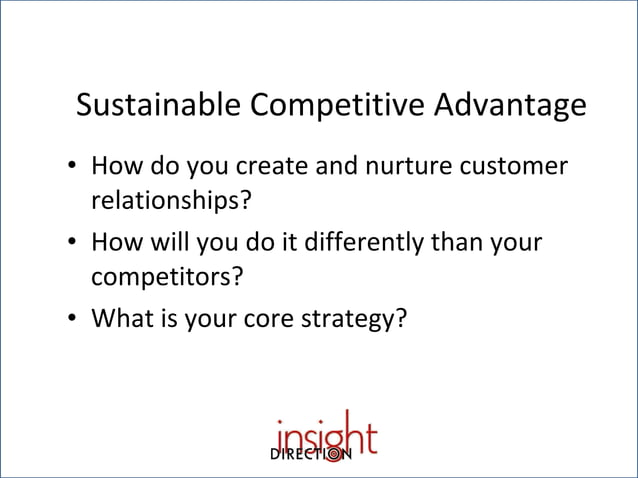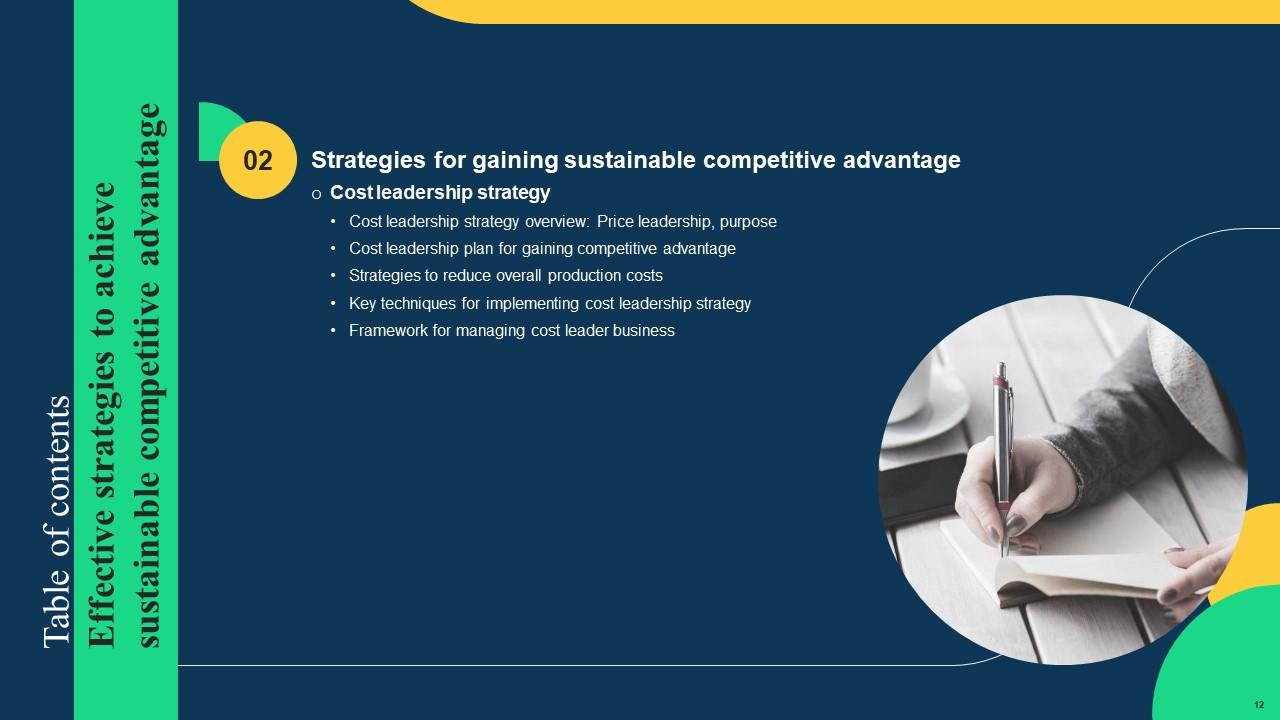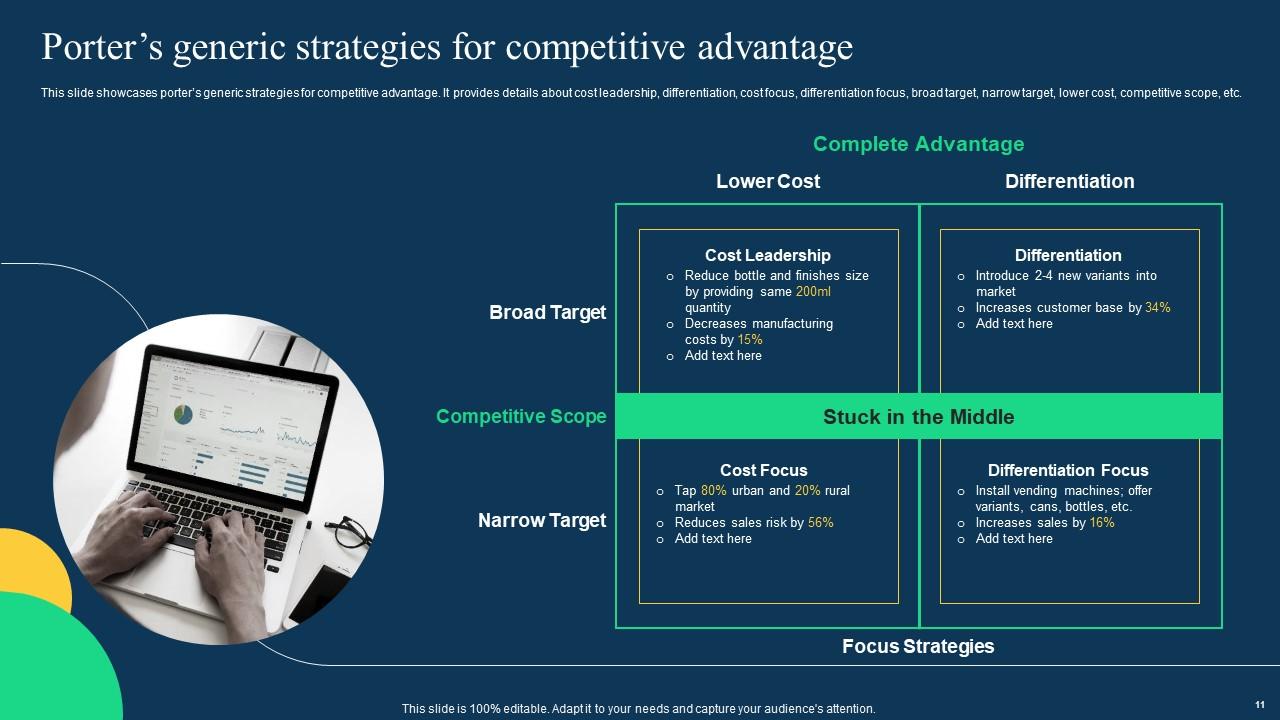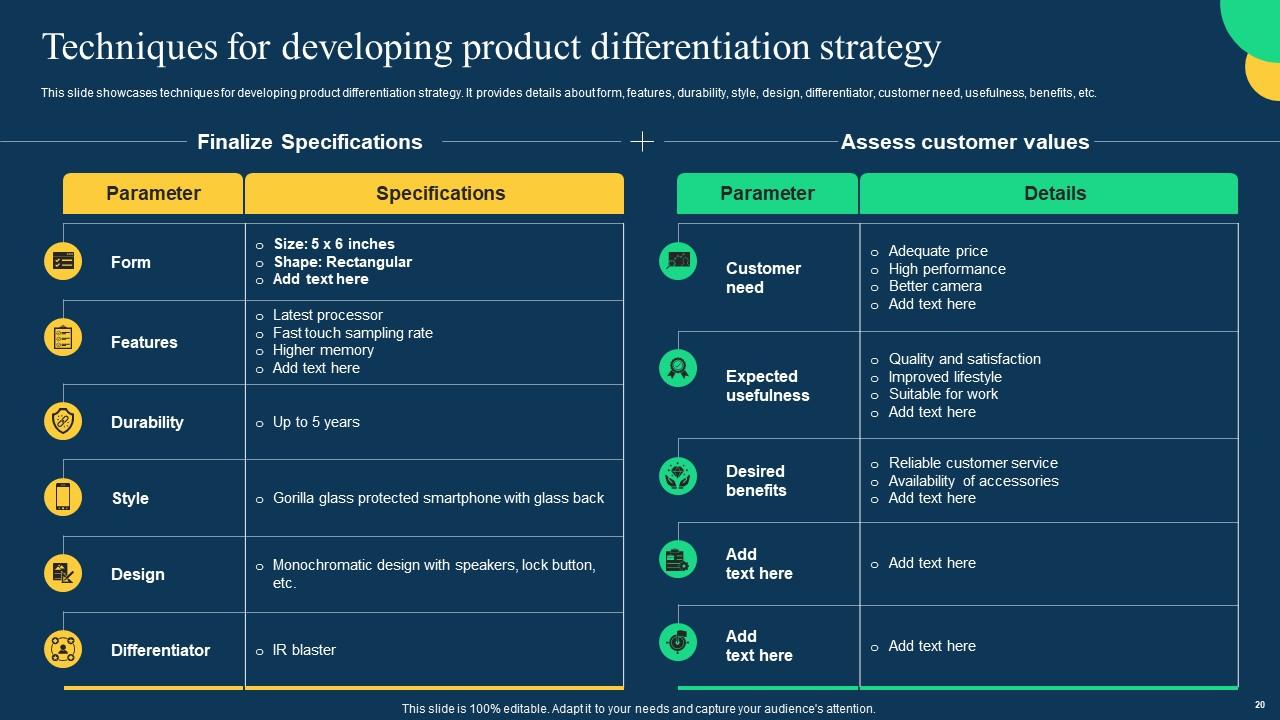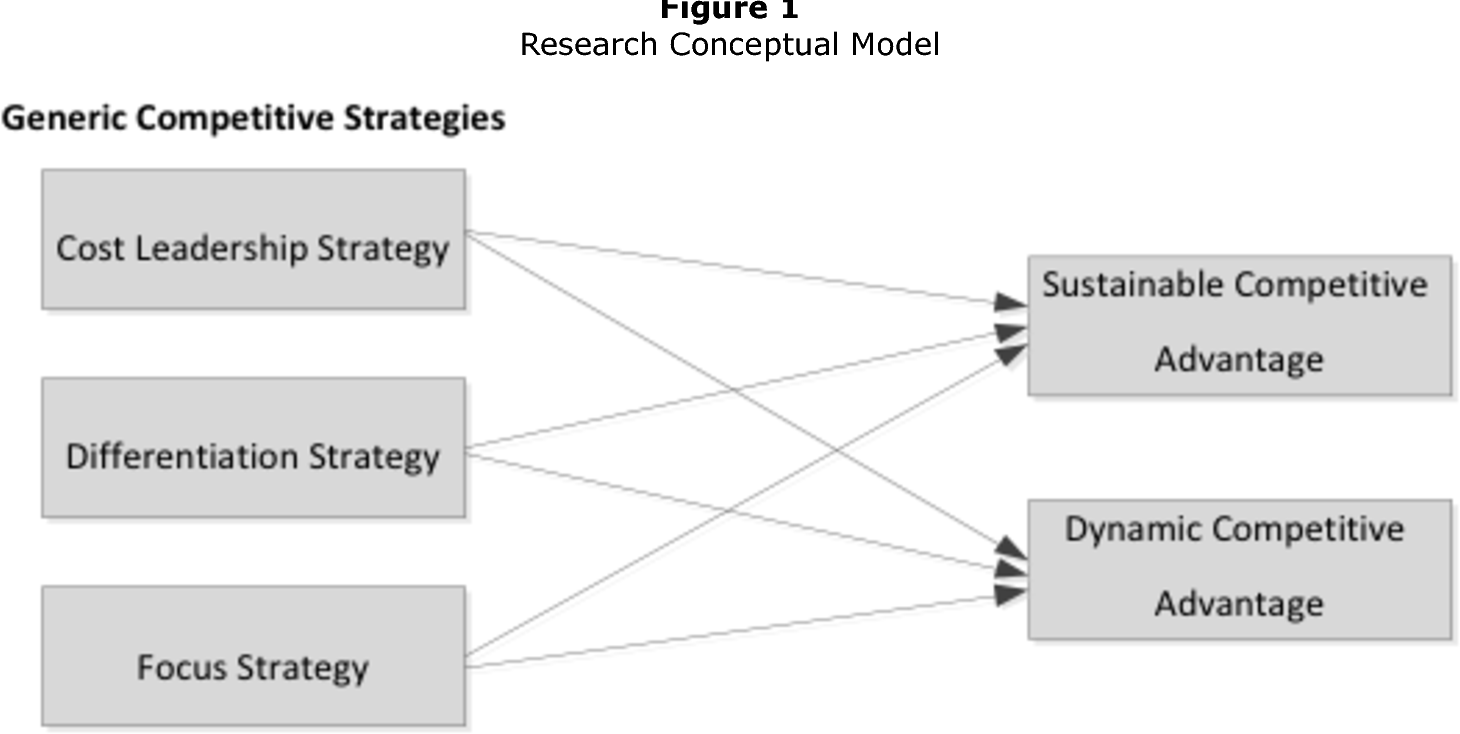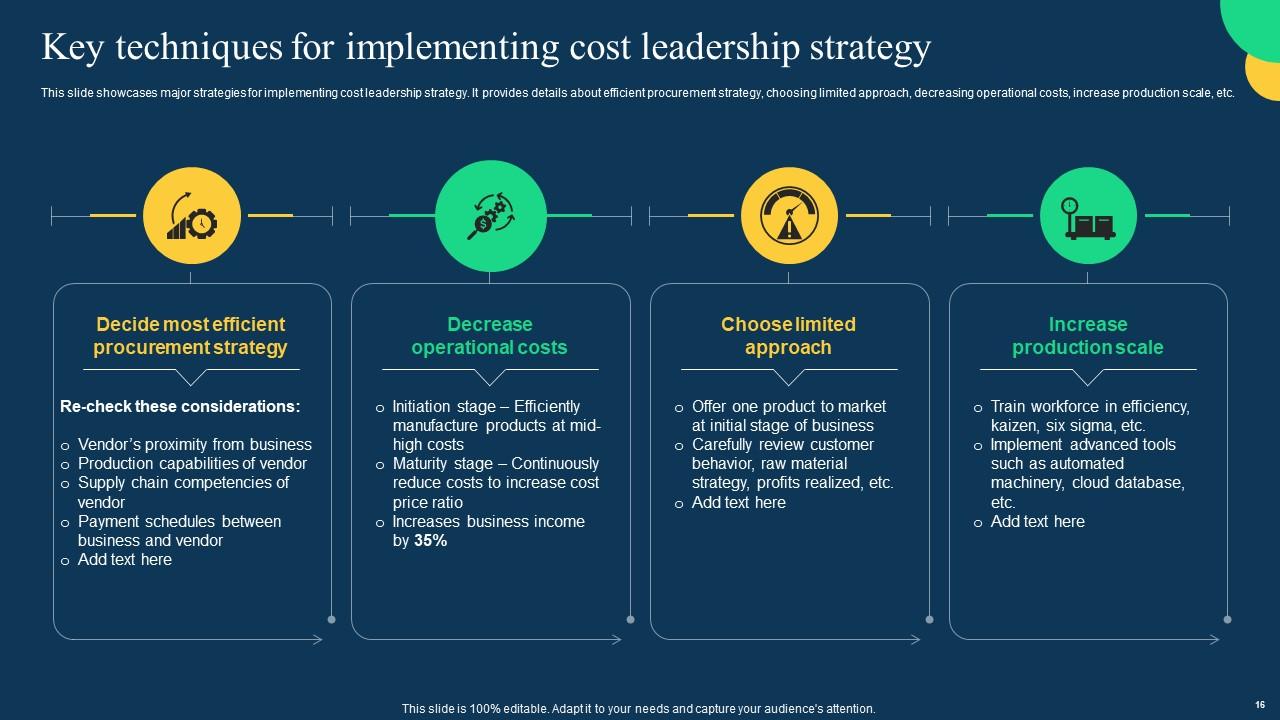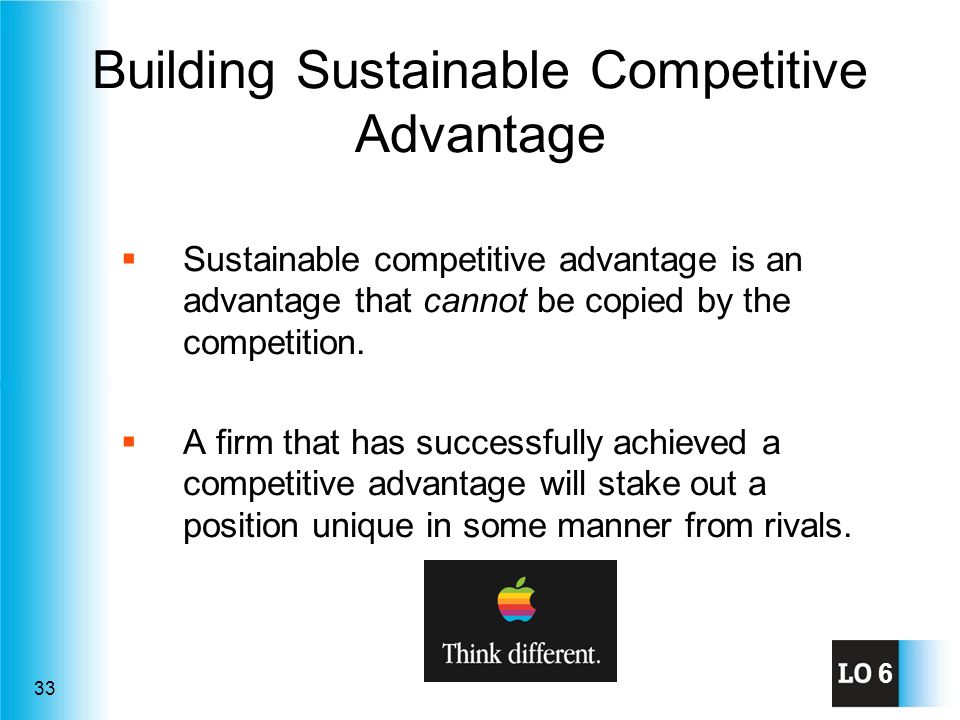Strategic Positioning Attempts To Achieve Sustainable Competitive Advantage By

Market turbulence intensifies as major corporations aggressively revamp their strategic positioning, vying for long-term dominance. The shift aims to secure sustainable competitive advantage amidst escalating global pressures.
This article delves into the latest high-stakes maneuvers, revealing how industry leaders are reshaping their strategies to thrive in an increasingly volatile environment. We examine the real-world impact and future implications of these critical decisions.
The Race for Market Supremacy: A Strategic Overhaul
Global giants are engaging in a fierce battle for sustainable competitive advantage. The strategies involve a complete re-evaluation of market positions.
Amazon, for instance, is diversifying its service offerings beyond retail.
This includes a greater push into cloud computing (AWS) and artificial intelligence.
Key Players and Their Strategic Pivots
Apple is heavily invested in developing augmented reality (AR) and virtual reality (VR) technologies.
The focus is on creating immersive experiences and seamless integration within its existing ecosystem.
Microsoft continues its enterprise solutions focus, expanding its Azure cloud platform.
This is alongside integrating LinkedIn more deeply into its professional services portfolio.
Even companies like Coca-Cola are adjusting by launching healthier beverage options.
They are also focusing on sustainable packaging to appeal to increasingly environmentally conscious consumers.
Supply Chain Resilience and Technological Integration
A core component of the current strategic positioning involves strengthening supply chains.
Companies are seeking to reduce reliance on single-source suppliers and mitigate geopolitical risks.
Technological integration is accelerating, with increased investment in automation and data analytics.
Tesla, for example, continues to innovate with battery technology.
They are also rapidly scaling its manufacturing capabilities to meet growing demand for electric vehicles.
The Data-Driven Revolution
Data analytics are crucial for informing strategic decisions.
Companies are using data to understand customer behavior, optimize operations, and identify new market opportunities.
This shift represents a fundamental change in how companies operate and compete.
The Human Element: Adapting Workforce and Culture
These strategic shifts require significant adjustments to workforce skills and corporate culture.
Companies are investing in training and development to equip employees with the skills needed to succeed in the new environment.
A key challenge is fostering a culture of innovation and adaptability.
Google, known for its employee-centric culture, continues to prioritize innovation and experimentation.
Their strategy involves empowering employees to explore new ideas and fostering a culture of continuous learning.
Financial Implications and Investor Response
The aggressive strategic positioning efforts have significant financial implications.
Companies are making substantial investments in research and development, acquisitions, and infrastructure.
Investors are closely monitoring these developments, with stock prices fluctuating based on perceived success.
However, not all attempts are successful. Some companies face challenges in executing their strategic plans.
This often lead to lower-than-expected returns and investor disappointment.
“The stakes are incredibly high,” says Professor Anya Sharma, a leading strategist at Harvard Business School. “Companies that fail to adapt risk being left behind.”
Looking Ahead: The Future of Strategic Positioning
The trend towards aggressive strategic positioning is expected to continue in the coming years.
Companies will need to remain agile and adaptable to navigate the rapidly changing landscape.
Success will depend on a combination of strategic vision, effective execution, and a willingness to embrace change.
Ongoing developments include increased regulatory scrutiny on big tech.
Also important, a greater emphasis on environmental, social, and governance (ESG) factors.
These factors will increasingly shape strategic decisions.

